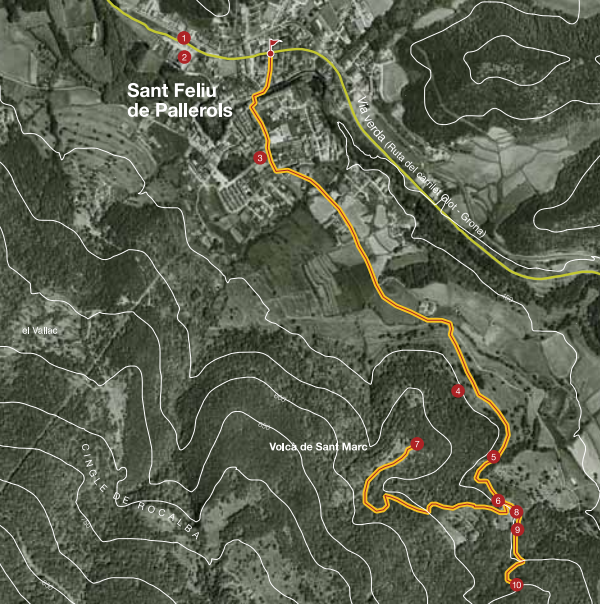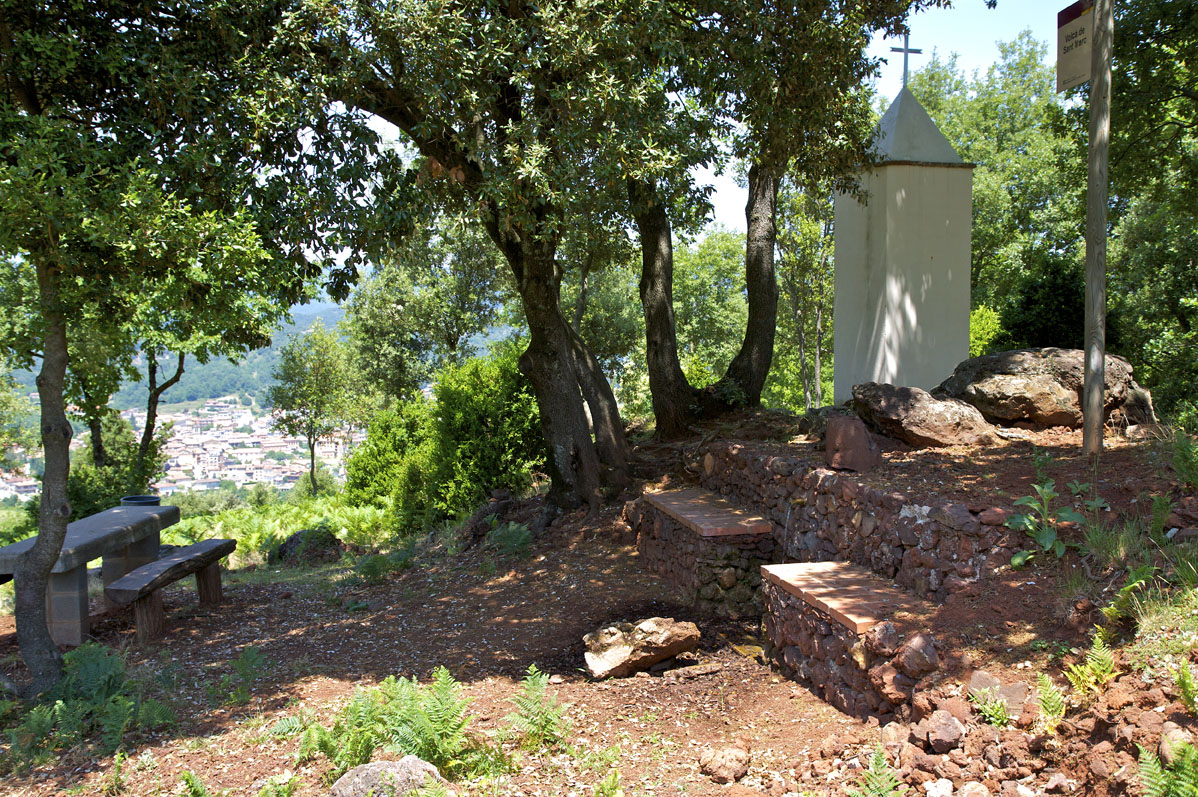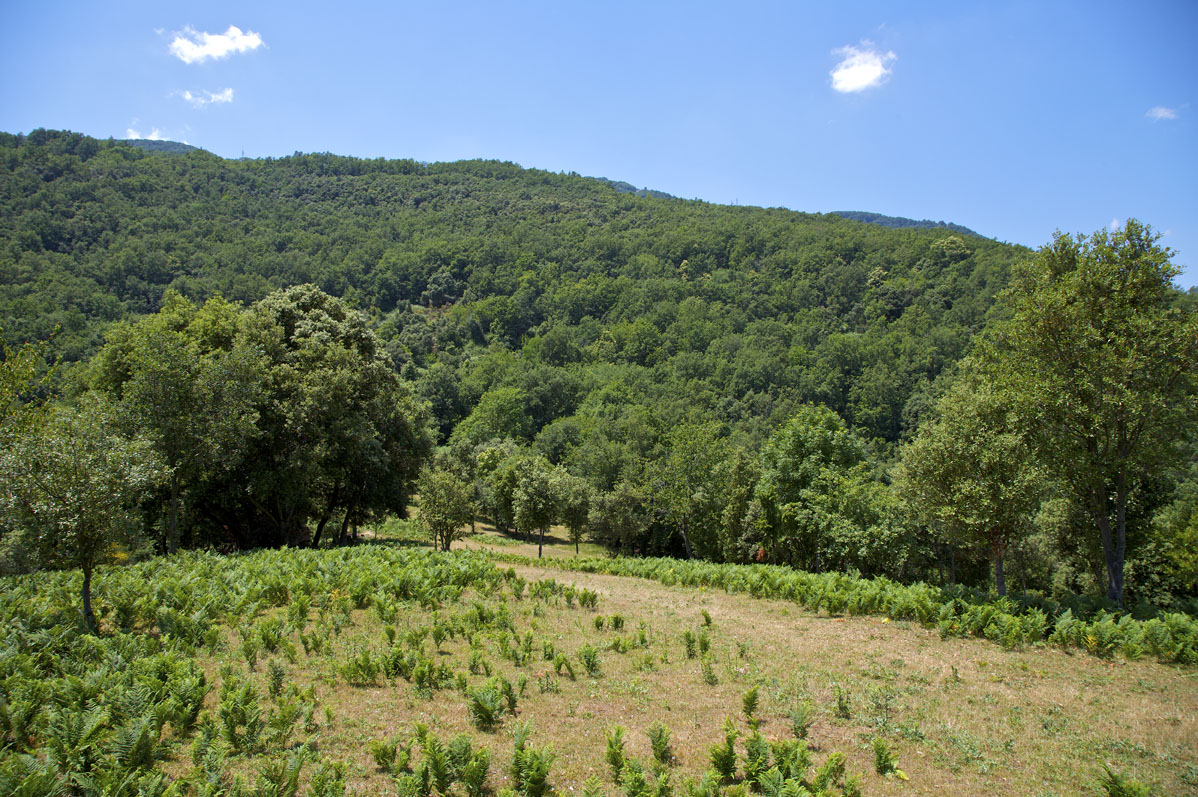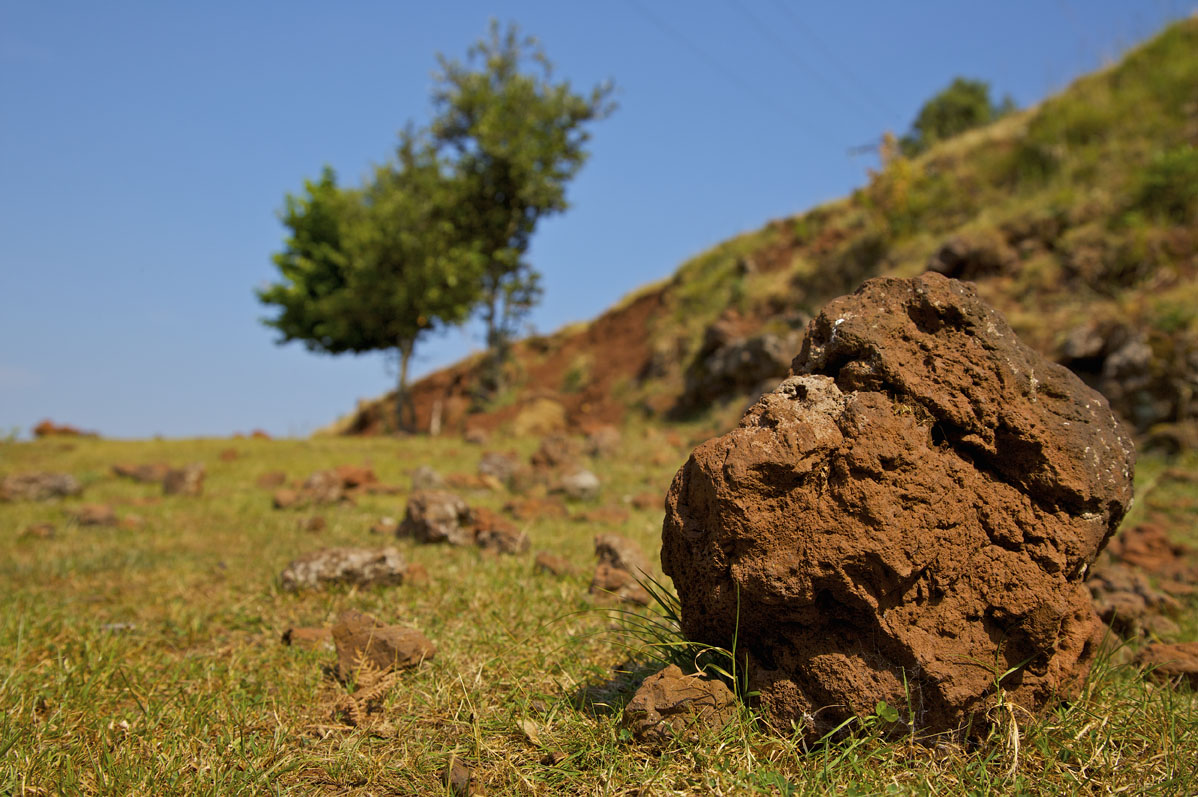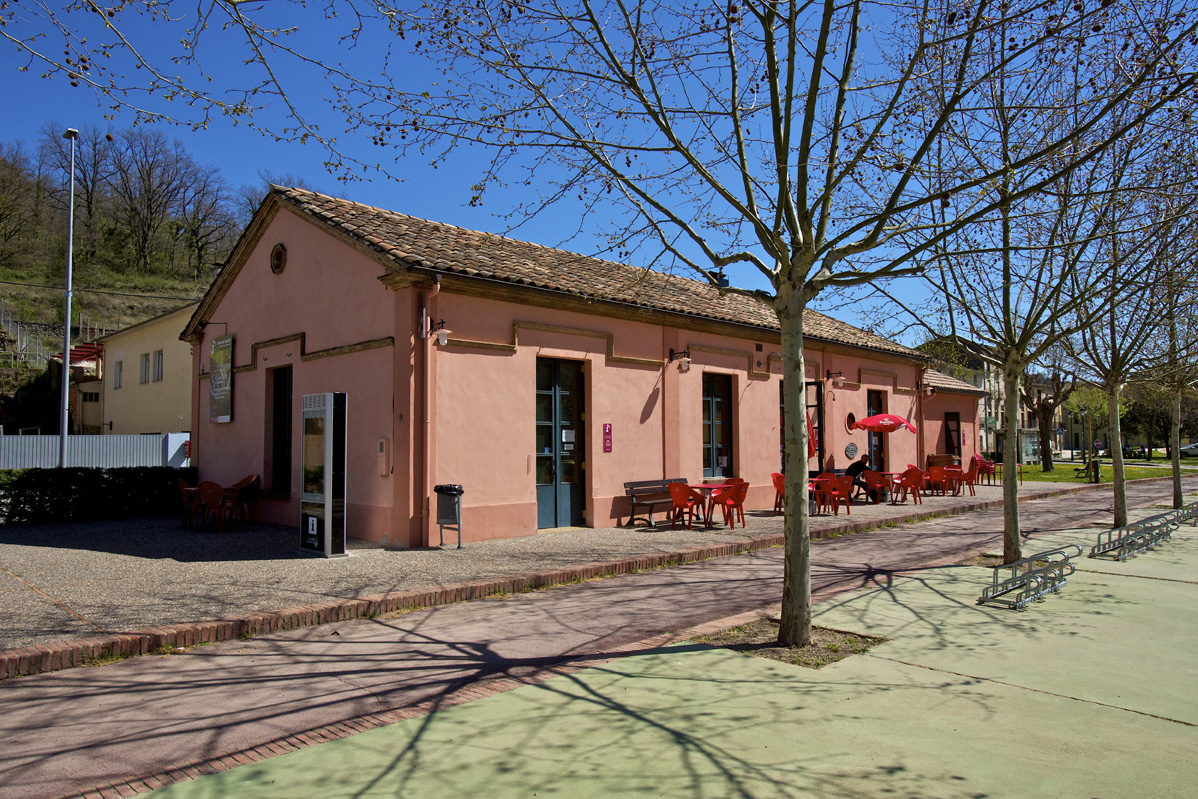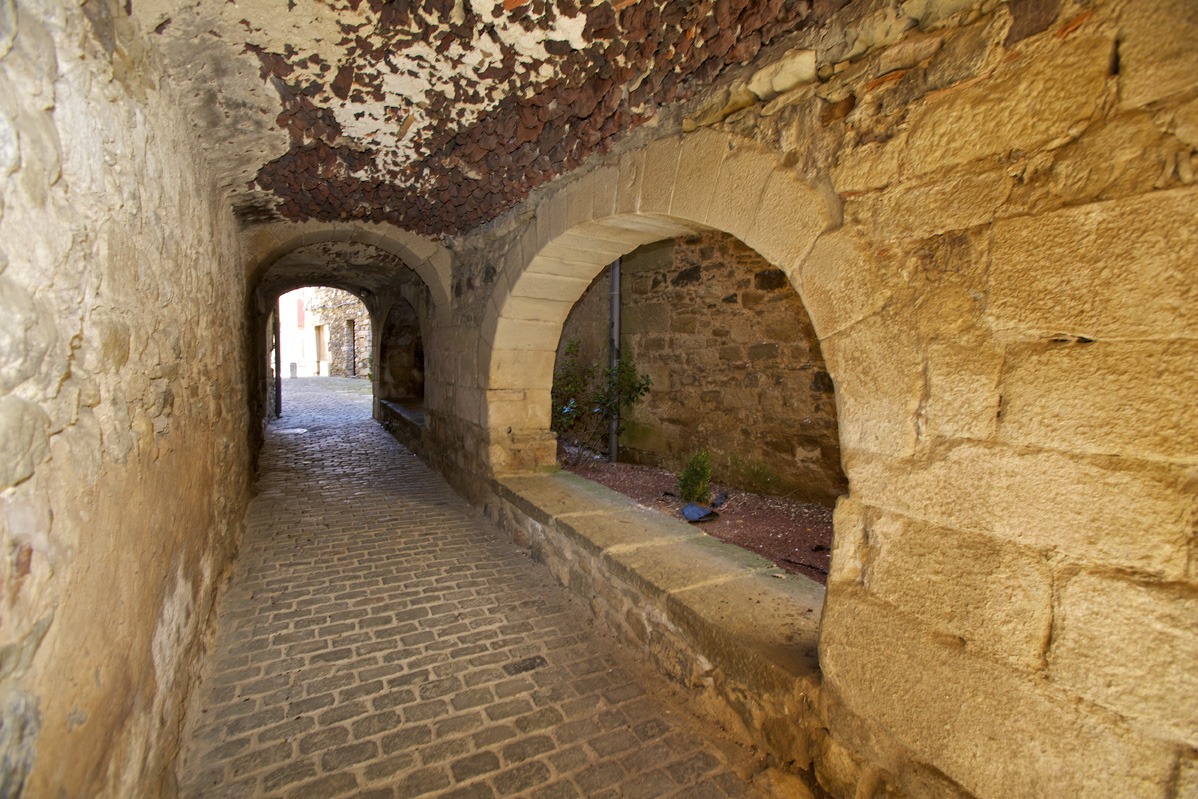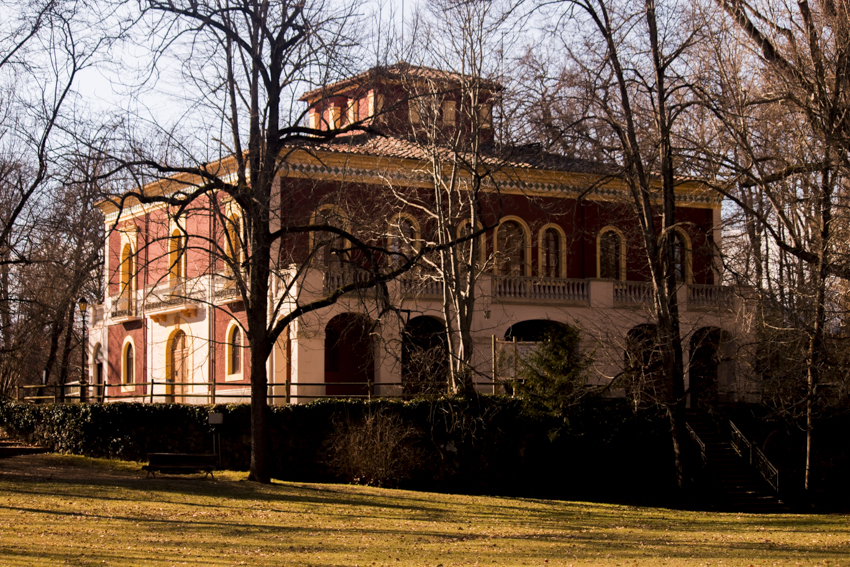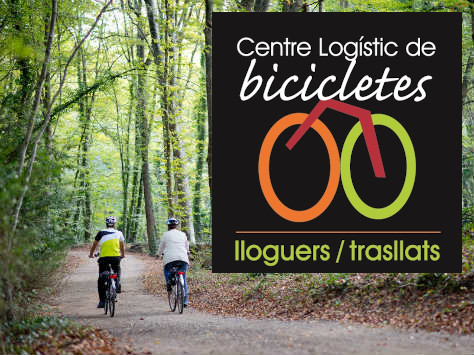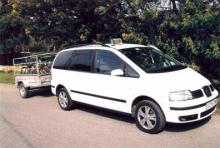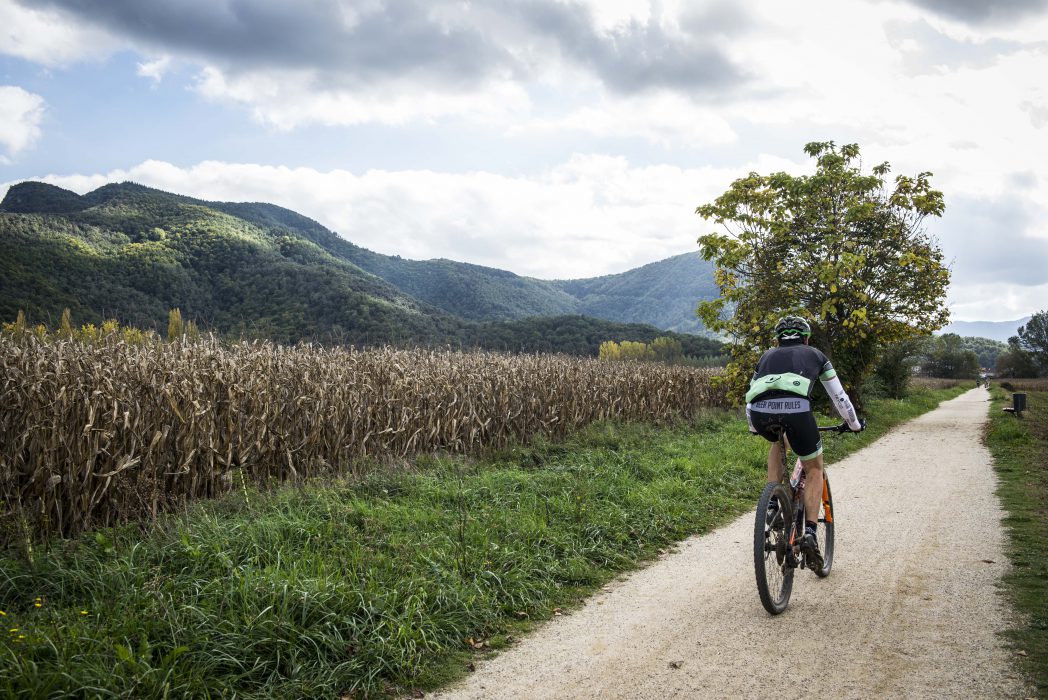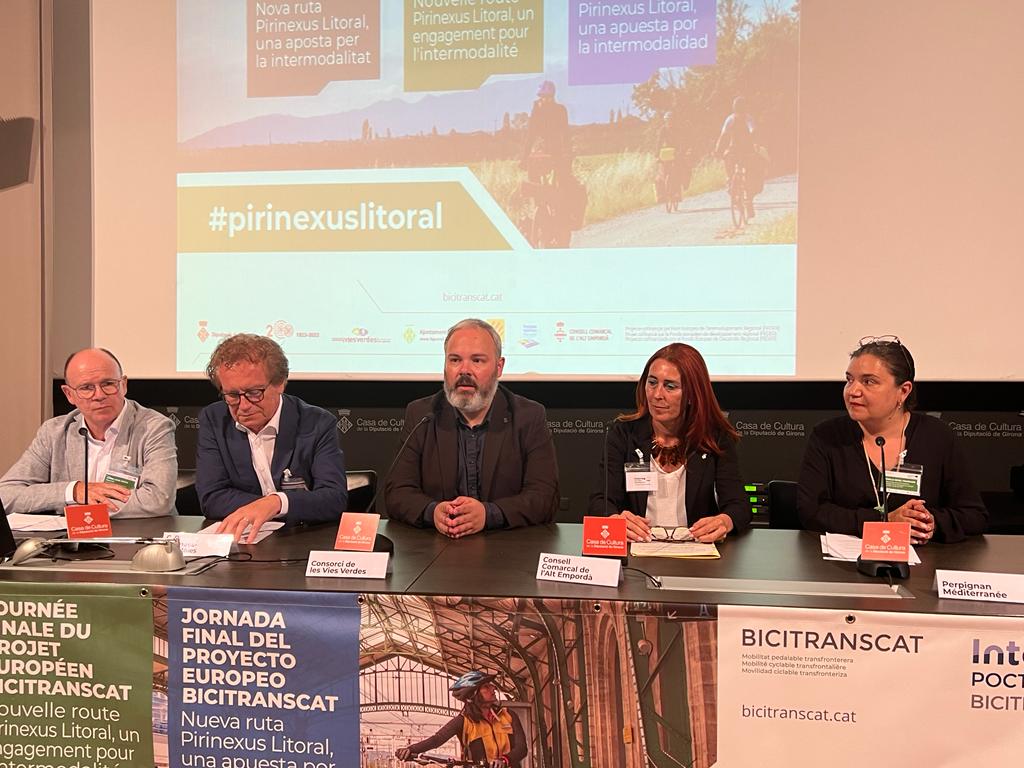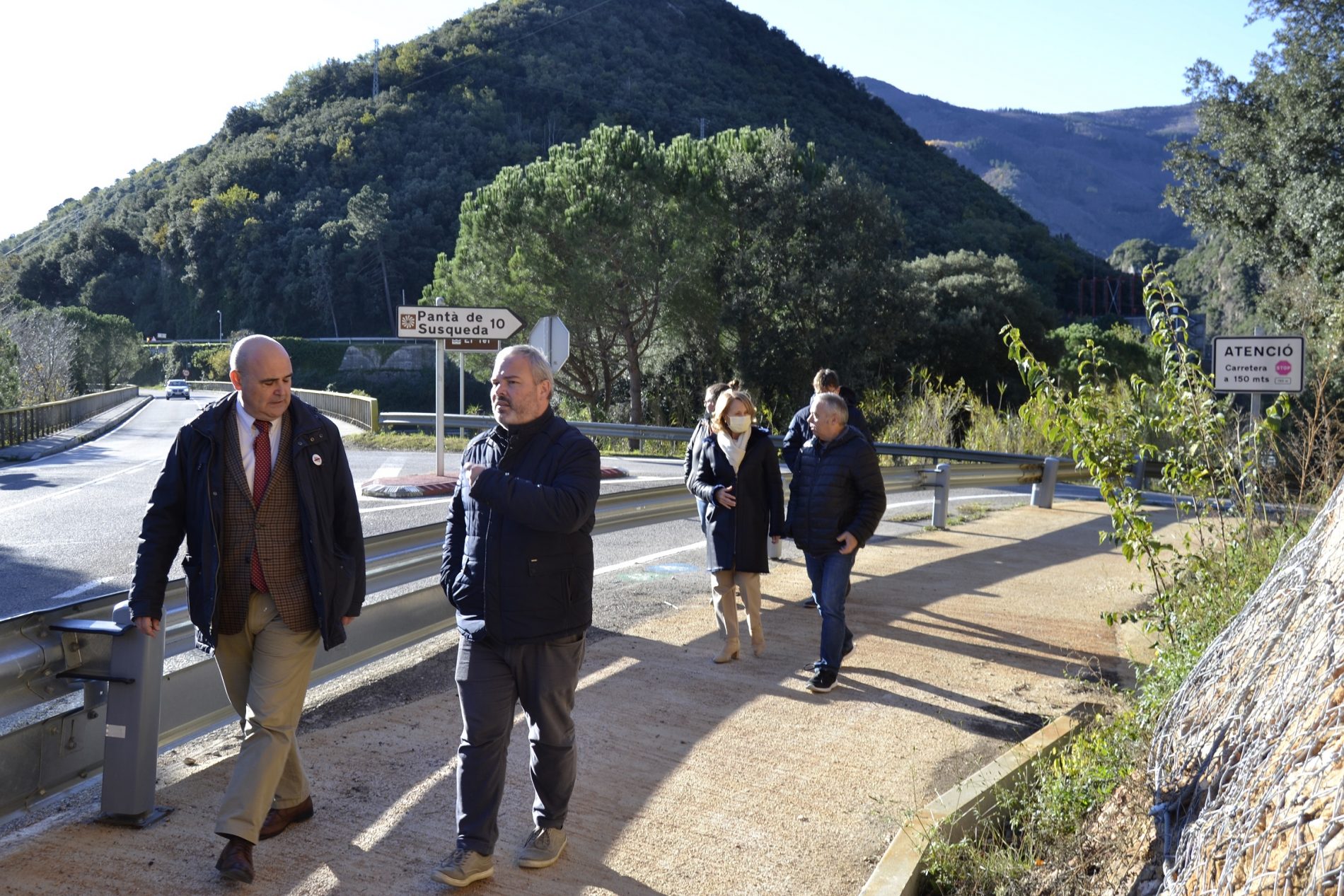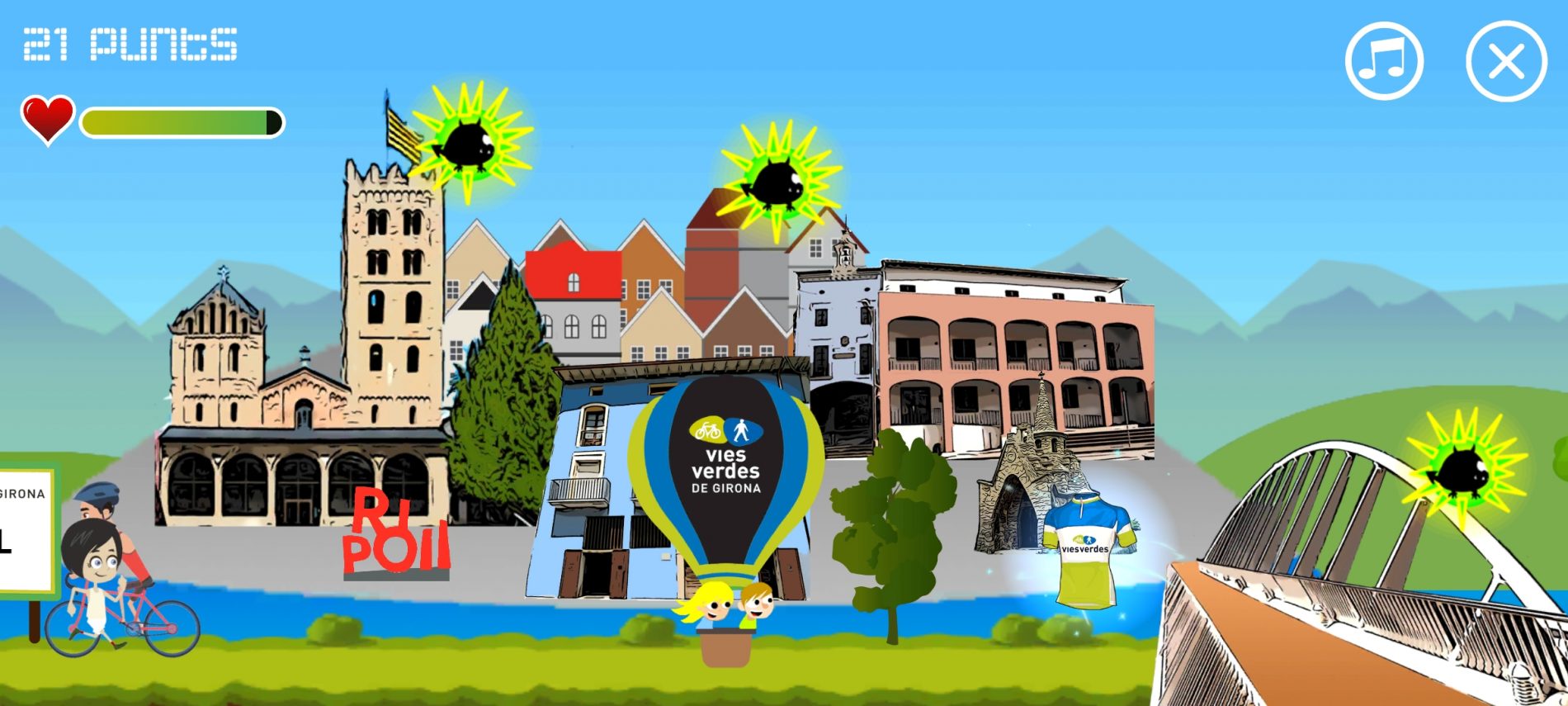Private: SANT FELIU DE PALLEROLS – A volcano set in the forest
Right in the heart of the d’Hostoles Valley, between the Corb Mountains, the crag at la Salut, and the hill where the Castle of d’Hostoles is located, we can find the county of Sant Feliu de Pallerols, crossing by the Narrow-Gauge Railway Route. A large part of this county forms part of the Garrotxa Volcanic National Park (PNZVG) and the part comprising the mountain of the Santuari de la Salut (sanctuary) belongs to the Area of Natural Interest of Collsacabra.
This area stands out for its rich natural heritage, which has been formed by large stretches of woodlands populated with evergreen oaks, oak, beech, and chestnut trees.
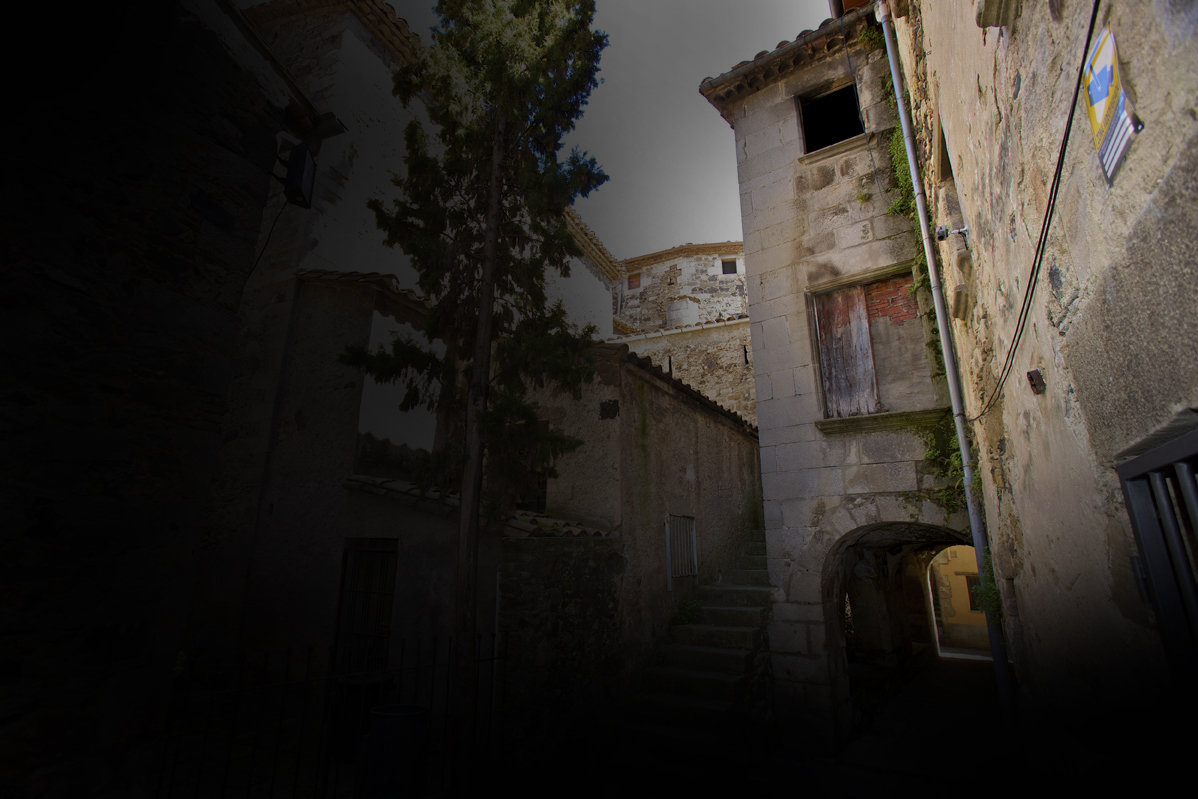
Kilometers 2,9 km
Slope Variable according to section. Accesible
Difficulty Average
Pavement Packed granite sand
Maximum altitude Km 2,2 (620m)
Minimum altitude Church of Sant Feliu Sant Feliu (460m)
Services Stations WC / Tourism Offices
The head of the River Brugent divides the town which sprung up from the 11th century onwards around the sagrarium of the pre-Romanesque church. The village expanded in the 14th century when the cellera was built; a nucleus of narrow walled streets which plays host to gatherings of the valley’s inhabitants.
Even today, one can still breathe in the medieval spirit of Sant Feliu de Pallerols in its old quarter, fortifications, and, especially, in the Ball de Cavallets, Gegants and Mulassa (Dance of the Little Horses, Giants and the Mulassa monster). This is performed during the village festival, and has been declared a Traditional Festival of National Interest by the Government of Catalonia.
A VOLCANO SET IN THE FOREST
The Sant Marc volcano is also known as the volcano of Artigues Roges (Red Plantation Fields) due to the reddish colour of its soil and because, in the past, grapevines, fruit trees, and vegetables were grown on its terraced volcanic cone. Nowadays, thick woods of Holm oaks and oaks cover its valley slopes and the Puig Roig volcano itself.
From the Carrilet Route, you must head towards the old quarter of Sant Feliu de Pallerols until you reach the south entrance behind the church, where Torn street begins. This street leads to the old trail of les Planes where you can find signposts for the PNZVG. You then follow the signposts for itinerary 22. The route, which is suitable for bicycles, goes as far as the Puig Roig and Sant Marc volcanoes. If you have started your journey on foot, you can return to Sant Feliu from Sant Marc by following the itinerary 22, if not, then you will have to double back on the original route.
3. Sant Feliu Church and Sagrera (sacred grounds): This is a collection of houses surrounding the church which make up the original centre of Sant Feliu de Pallerols (13th century). In the 14th century, the Sagrera was extended when the cellera was built, a walled town which forms the old quarter of Sant Feliu.
4. Sant Marc Crater: This is a crater in the shape of a horseshoe, which was terraced in the past in order to grow food and plant fruit trees there. At present, the terraces are used as grazing pastures.
5. Sant Marc Claystone Mines: This is a gash in the cone of the volcano caused by the extraction of claystone. Inside the claystones or lapili, which are just as big as gravel, you can see large rounded bombs.
7. Sant Marc Oratorium: This is devoted to the Evangelist saint and is situated at the summit of the Sant Marc Volcano. From this vantage point, one can get a panoramic view of the village of Sant Feliu and the d’Hostoles Valley.
8. The Casanova Evergreen Oak: This is a centuries-old evergreen oak tree to be found on the route to the Sant Marc Volcano, just in front of the entrance to the Casanova. This is the most ancient tree in the entire evergreen oak wood.
9. The Old Casanova Oak: This is a large centuries-old oak tree formed by three great boughs which branch out from a thick trunk. This specimen can be found on the route to the Puig Roig Volcano, and is surrounded by other examples of centuries-old trees.
10. The Quarries of the Puig Roig Volcano: These are overground quarries which were created to extract basalt from the Puig Roig Volcano. You can see lots of volcanic rock in the dense evergreen oak woods which surround the volcano.

